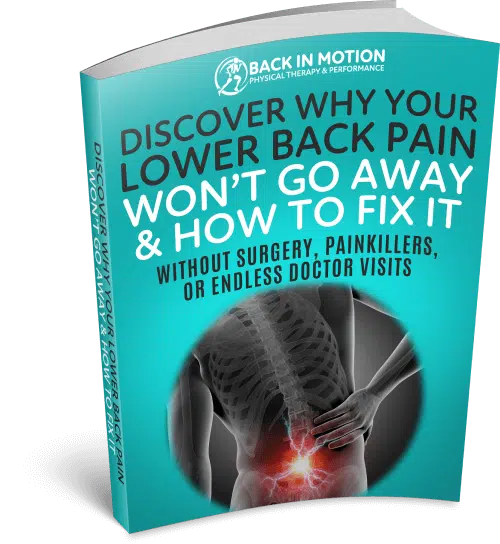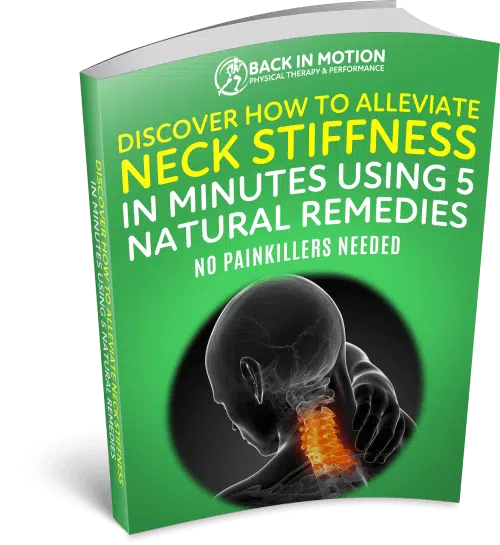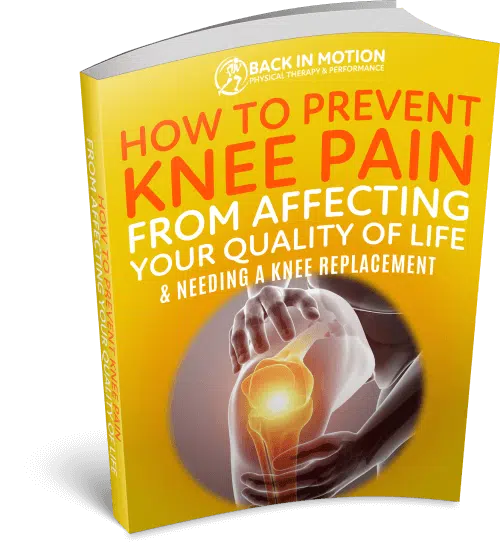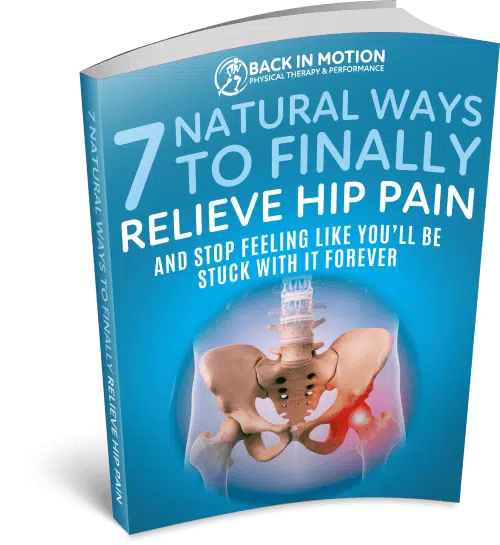Don’t Get Tricked by These Common Pain Myths (Your Body Will Thank You!)
April Fool’s Day is a time for fun and pranks, but when it comes to your health, falling for common pain myths is no laughing matter. Believing these misconceptions can hinder recovery and prolong discomfort. Let’s debunk seven prevalent pain myths to set the record straight.
❌ MYTH #1: “Pain Is Just a Part of Aging”
✅ Truth: While aging can bring about changes in the body, chronic pain is not an inevitable part of getting older. Persistent pain should be addressed, not accepted as normal.
❌ MYTH #2: “No Pain, No Gain”
✅ Truth: Discomfort during exercise can be normal, but pain is a signal that something may be wrong. Ignoring pain can lead to injury.
❌ MYTH #3: “Rest Is Always Best for Pain”
✅ Truth: While rest is essential, prolonged inactivity can worsen some pain. Gentle, guided movement is often crucial for recovery and pain management.
❌ MYTH #4: “Imaging Scans Always Identify the Cause of Pain”
✅ Truth: Imaging tools like X-rays and MRIs don’t always reveal the source of pain. Many individuals have abnormalities on scans without experiencing any discomfort, and conversely, some suffer significant pain despite normal imaging results. Therefore, clinical evaluations and patient history are crucial in understanding pain.
❌ MYTH #5: “If Medical Tests Are Clear, the Pain Must Be Imaginary”
✅ Truth: Pain is a real sensation. It is never “in your head,” but it is always “in your brain.” Pain can occur even when all medical tests are normal.
❌ MYTH #6: “Pain Only Occurs When There’s Physical Injury or Tissue Damage”
✅ Truth: Pain can arise even without direct tissue damage. Abnormal movement patterns—such as poor posture, muscle imbalances, or improper biomechanics—can place undue stress on certain tissues, leading to discomfort or pain. Over time, these dysfunctional movements can strain muscles and joints, eliciting pain responses even in the absence of visible injury. Addressing these patterns through proper assessment and corrective exercises is crucial for effective pain management.
❌ MYTH #7: “Opioids Are the Only Effective Pain Relief”
✅ Truth: There are a wide variety of medications other than opioids that can be used to reduce pain, and they fall into a number of different drug categories.
Final Thought: Empower Yourself with Knowledge
This April Fool’s Day, don’t let these common pain myths deceive you. Understanding the truth about pain can lead to more effective management and a better quality of life. If you’re experiencing persistent pain, consult with a healthcare professional to explore appropriate treatment options.
By dispelling these myths, you take a crucial step toward informed decisions about your health and well-being.









